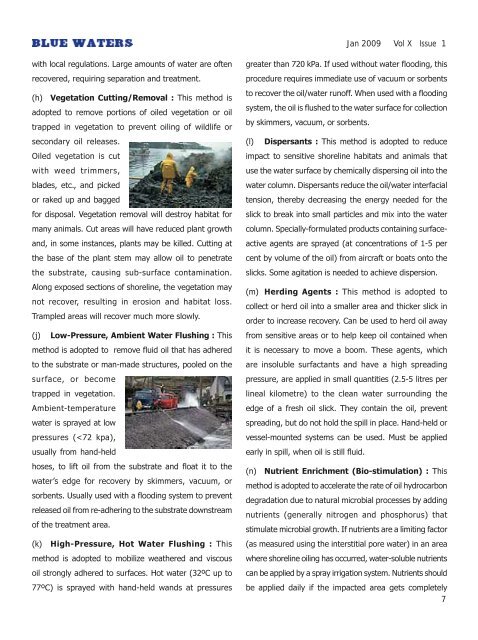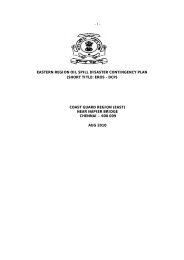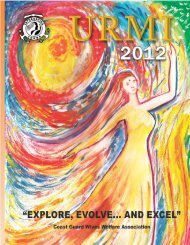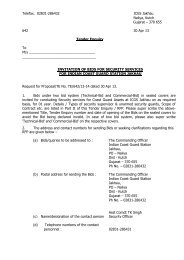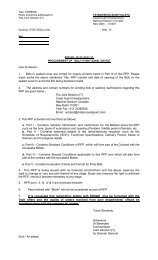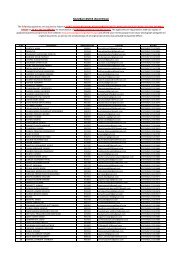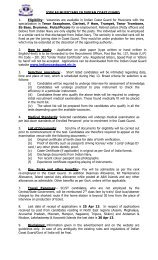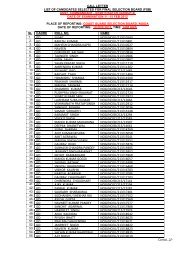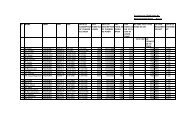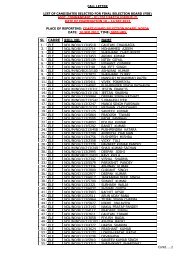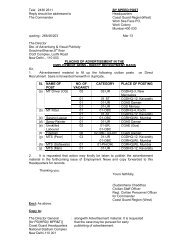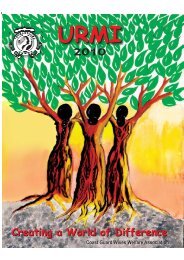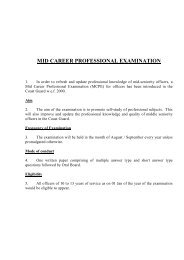Jan 2009 edition - Indian Coast Guard
Jan 2009 edition - Indian Coast Guard
Jan 2009 edition - Indian Coast Guard
You also want an ePaper? Increase the reach of your titles
YUMPU automatically turns print PDFs into web optimized ePapers that Google loves.
<strong>Jan</strong> <strong>2009</strong> Vol X Issue 1<br />
with local regulations. Large amounts of water are often<br />
recovered, requiring separation and treatment.<br />
(h) Vegetation Cutting/Removal : This method is<br />
adopted to remove portions of oiled vegetation or oil<br />
trapped in vegetation to prevent oiling of wildlife or<br />
secondary oil releases.<br />
Oiled vegetation is cut<br />
with weed trimmers,<br />
blades, etc., and picked<br />
or raked up and bagged<br />
for disposal. Vegetation removal will destroy habitat for<br />
many animals. Cut areas will have reduced plant growth<br />
and, in some instances, plants may be killed. Cutting at<br />
the base of the plant stem may allow oil to penetrate<br />
the substrate, causing sub-surface contamination.<br />
Along exposed sections of shoreline, the vegetation may<br />
not recover, resulting in erosion and habitat loss.<br />
Trampled areas will recover much more slowly.<br />
(j) Low-Pressure, Ambient Water Flushing : This<br />
method is adopted to remove fluid oil that has adhered<br />
to the substrate or man-made structures, pooled on the<br />
surface, or become<br />
trapped in vegetation.<br />
Ambient-temperature<br />
water is sprayed at low<br />
pressures (


